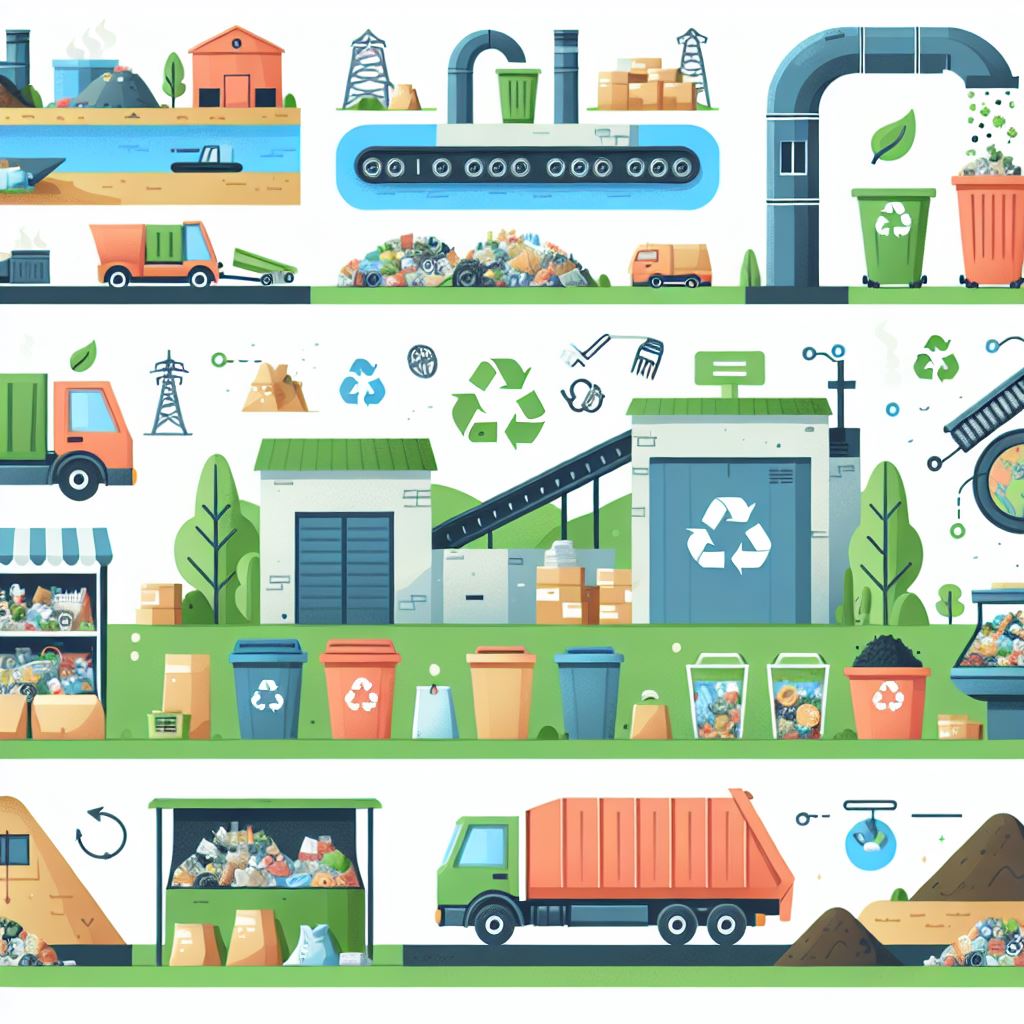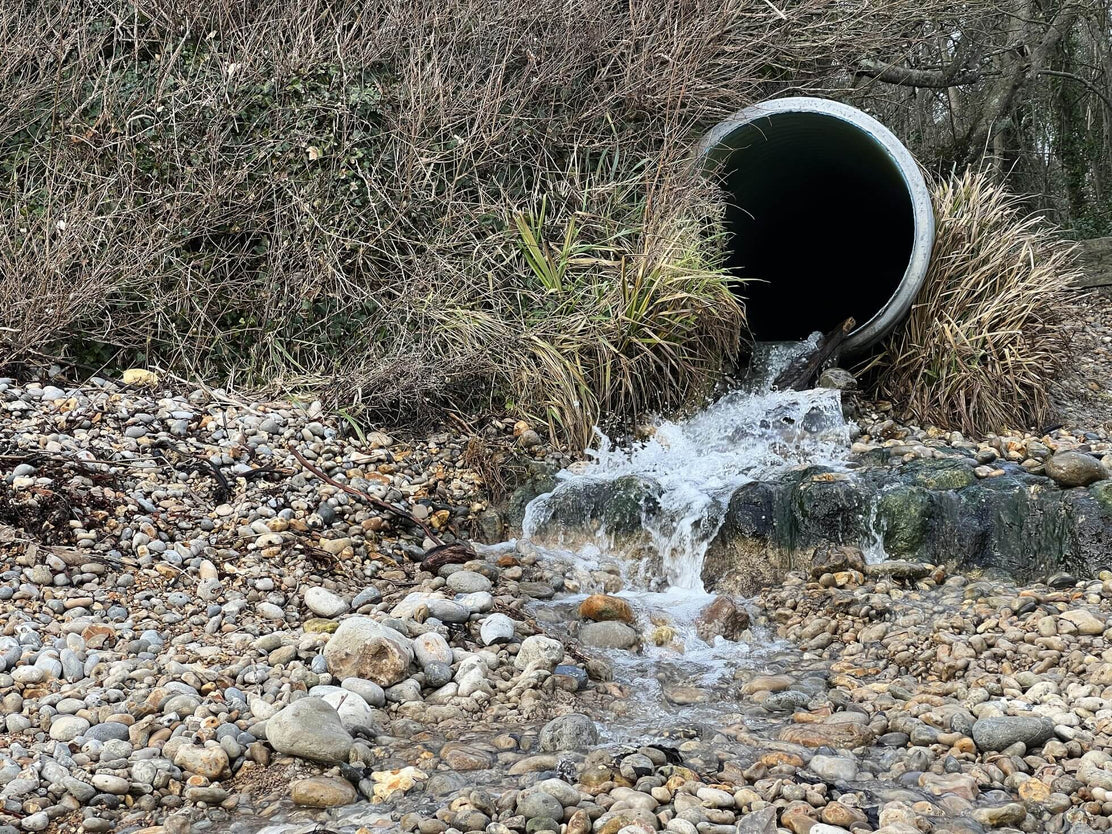Reclaim Waste Fundamentals Explained
Table of ContentsThe Reclaim Waste Statements10 Simple Techniques For Reclaim WasteThe smart Trick of Reclaim Waste That Nobody is DiscussingGetting The Reclaim Waste To WorkIndicators on Reclaim Waste You Need To KnowTop Guidelines Of Reclaim Waste
Via appropriate fluid waste monitoring, companies can decrease energy-intensive therapy procedures and disposal costs. They also reach save sources and allot them in other pertinent procedures. There are various guidelines that protect public health and wellness and the setting. By complying with a system for handling fluid waste, companies can avoid costly penalties and charges and avoid negative promotion.Stay in advance of laws and keep a risk-free office with a digitized compliance tool. Categorizing fluid waste is important for reliable storage, treatment, and disposal. Environmental, Wellness, and Security (EHS) teams, waste monitoring officers, and conformity supervisors can deal with these wastes securely and effectively when they comprehend the fundamentals: Generated from households, this sort of liquid waste comes from toilets, sinks, showers, and cleaning machines.
(https://www.cheaperseeker.com/u/reclaimwaste1)Gather representative samples from numerous points within the waste stream to make certain accuracy. Conduct routine screening to track any kind of modifications in the structure. Maintain thorough records of characterization for future recommendation and compliance objectives. Liquid waste, specifically dangerous ones, presents considerable threats during this step. Correct procedures minimize spills, leakages, and various other crashes that can harm the employees and the general public.
Reclaim Waste - Questions
Segregate the waste based upon its kind (e.g., harmful or non-hazardous) to make sure appropriate handling. Store waste in protected and leak-proof containers to avoid spills during collection. Tag the containers suitably, consisting of the sort of waste, possible hazards, and dealing with instructions. Tons the safeguarded bins right into transport vehicles with vacuum cleaner vehicles or portable containers.
is needed when the effluent will be recycled or discharged into municipal pools. Sanitation (e.g., chlorination, ultraviolet light, ozonation) and nutrient removal (e.g., denitrification and phosphorus obliteration) are advised under strict regulations. This stage at the same time is purely regulated because it is when most dangers take place. Many firms broke numerous liquid waste disposal laws recently.
After selecting the most effective kind of therapy approach for fluid waste, business ought to discover ways to throw away this appropriately. Below are some efficient techniques of liquid waste administration: receive most dealt with liquid waste that satisfies discharge standards. describes making use of cured wastewater in agricultural lands for watering as long as the effluent meets sanitary levels per guidelines.
Indicators on Reclaim Waste You Need To Know
are made use of by markets that generate big quantities of low-toxicity fluid waste. Shallow basins include fluid waste that is allowed to evaporate with all-natural procedures. The deposit left can be dealt with in land fills. entails melting liquid waste at heats and transforming it into gas and ash - liquid waste disposal. This kind of disposal undergoes rigorous environmental regulations because of possibly unsafe exhausts.
The findings ought to be documented, assessed, and stored not simply for entry to regulatory authorities however likewise for making enhancements in the future. Share info with appropriate stakeholders (e.g., workers, regulative federal government agencies, and close-by communities) to maintain openness and accountability.
The smart Trick of Reclaim Waste That Nobody is Talking About
Despite the business dimension or industry, there are various challenges associated with this task. Comprehending these can assist them successfully handle their operations and decrease their environmental effect. makes it difficult to deal with and deal with liquid waste safely. Companies that can not buy facilities ought to consider collaborating with the public industry for much better solutions.
Fluid waste refers to any type of material in a liquid state that is excess, undesirable, or disposed of. One significant challenge for business is the lack of suitable storage centers for liquid waste. Partnering with fluid waste solutions will substantially minimize this difficulty Standard avoid bins and other containers that are normally made use of for solid waste are usually inadequate for the unique demands of taking care of fluid products.
How Reclaim Waste can Save You Time, Stress, and Money.
This blog site explores the characteristics of liquid waste, reviewing just how spills and contamination cases can be taken care of successfully. It additionally checks out the procedures companies can require to prevent future leakages and what to do when spills inevitably occur. Fluid waste contains any type of unwanted or surplus product that exists in a liquid form and is set for disposal.
This type of waste emerges when a product is no longer required, much like any type of other type of trash. It is important to engage skilled liquid waste monitoring specialists when transporting or disposing of fluid waste.

The Reclaim Waste PDFs
"product must pass with a 0.45-micron filter at a pressure differential of 75 psi" in order to be defined as a liquid. Both have their distinctions.
Oil spills can lead to dirt contamination and other ecological calamities. Both businesses and people can significantly benefit from recognizing correct trash disposal processes with 9 ideal practices in waste management. These approaches are straightened with the well established waste hierarchy. Waste prevention is the most efficient method for managing resources and decreasing environmental effect.
